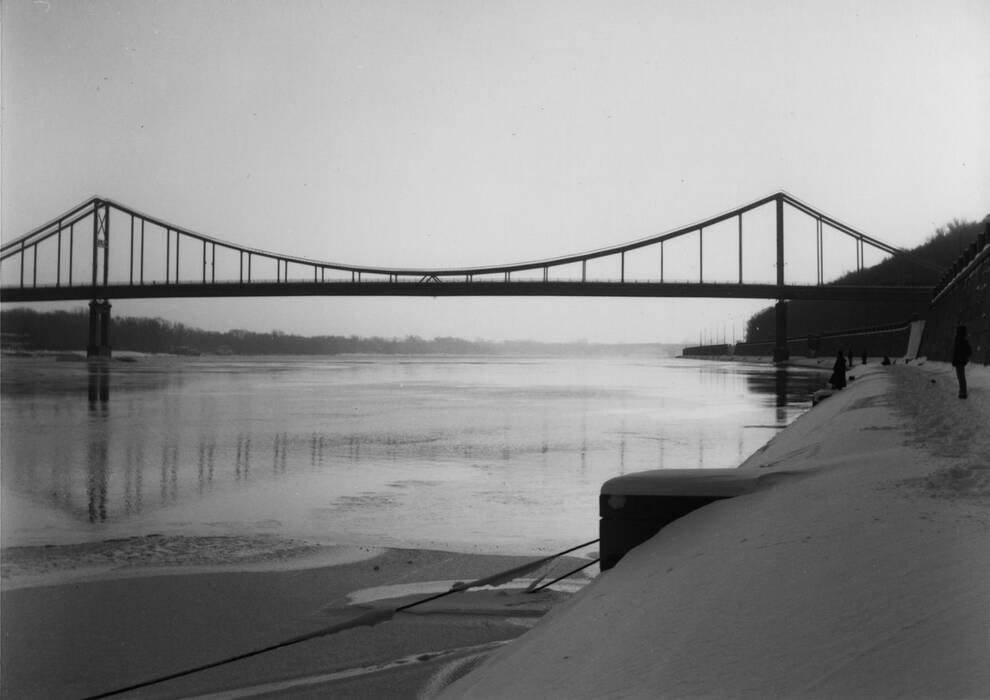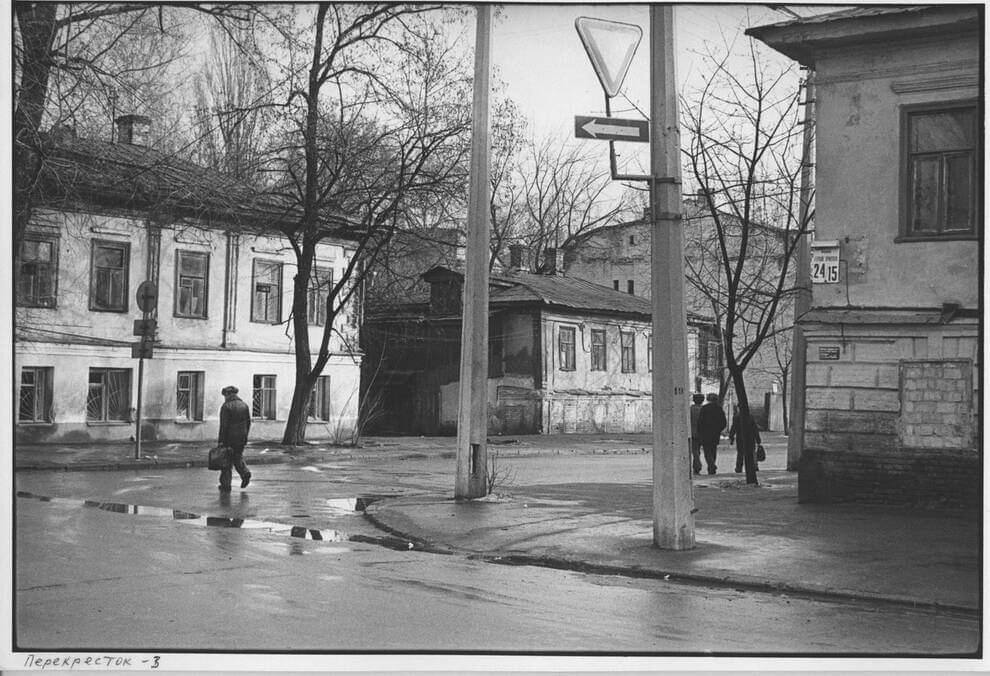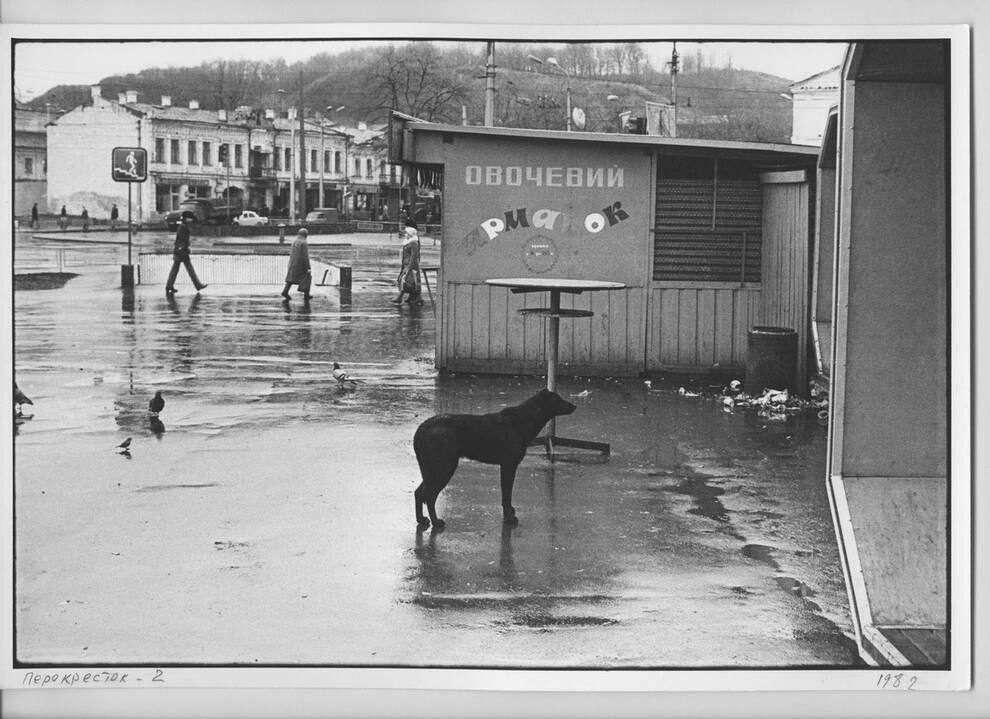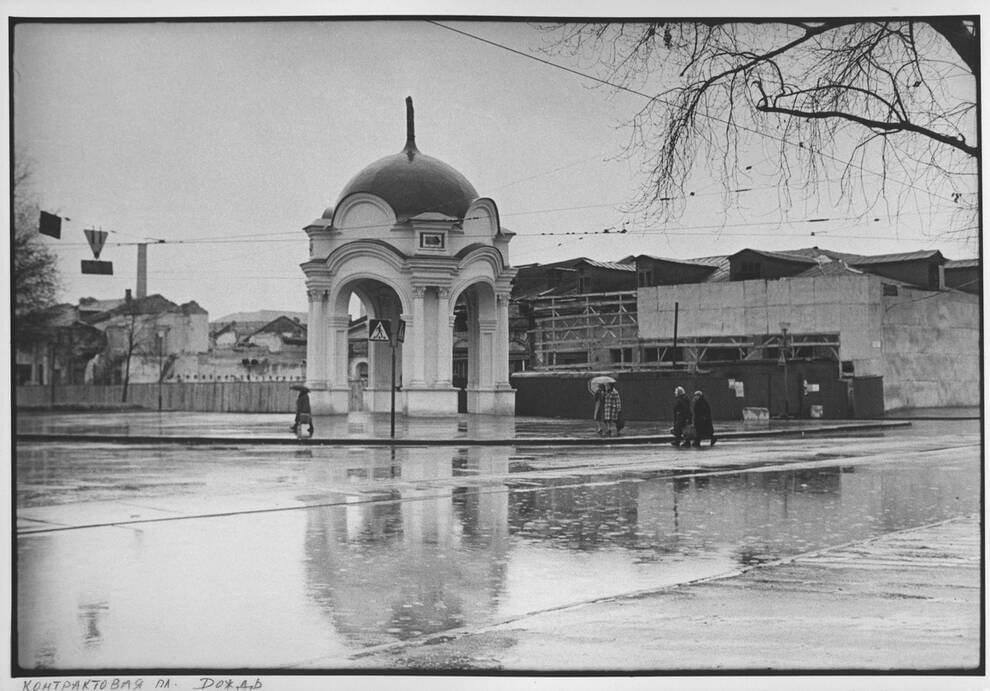
Podil in the 80s is unrecognizable: archival photos of Kyiv were shown online
Podil is one of Kyiv’s most famous historical areas. It is a low-lying part of the old city center, which in the Middle Ages was a neighborhood of artisans and fishermen. Podil stretches along the right bank of the Dnipro River and the Kyiv Harbor, under the Starokyivska, Zamkova, Shchekavytsia, and Yurkovytsia mountains.
Architectural monuments from the 12th century, as well as from the 16th and 17th centuries, have survived to this day in Podil. The web shows what Podil looked like in the 1980s.
The area with the Upper Town and the Pechersk district is the oldest part of the capital. The first settlements here date back to the Stone Age, which is 15-25 thousand years ago.
From the 9th to the 13th centuries, the low-lying valley was the center of trade, crafts, and port of ancient Kyiv. Numerous land and water routes connecting Europe with Asia and the Baltic states with Byzantium ran through the area.
In the eighteenth century, various factories were built in Podil: tanneries, wineries, food, and glass production.
The old town was partially destroyed by a large fire on July 9, 1811. The fire destroyed most of Podil’s 2068 houses, and at that time there were 3672 residential buildings in the city. After that, Podil was completely redesigned, buildings were fortified, new neighborhoods were built, and straight, wide streets were laid instead of the winding, narrow paths that existed in the Middle Ages.
Historians say that only a few streets have retained their original configuration: Borychiv Tik, Pokrovska, and Prytysko-Mykilska.
In the early twentieth century, Podil became the educational and cultural center of Kyiv: there were 20 churches, a seminary, a theological academy, the Kyiv-Podilsk Theological School, the Kyiv Gymnasium, the Kyiv-Podilsk Women’s Gymnasium, and other educational institutions in the area.
Few people know that in the 20s and 30s of the twentieth century, the Soviet government renamed Podil to Petrivka, after the name of the head of the All-Ukrainian Central Executive Committee, Hryhorii Petrovskyi. At the same time, many authentic buildings were lost: the Kyiv Magistrate’s House, the Epiphany Cathedral of the Brotherhood Monastery, the Church of St. Nicholas the Good, the Church of the Resurrection, and the Borysohlibska church, the Church of Peter and Paul, the Catherine Greek Church, and so on.
Photographs from the 1980s show that Podil was a dull and unremarkable area during the Soviet period.
Fortunately, we managed to preserve a few architectural monuments.




Comments (0)